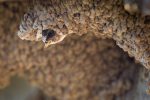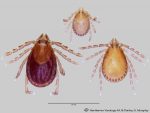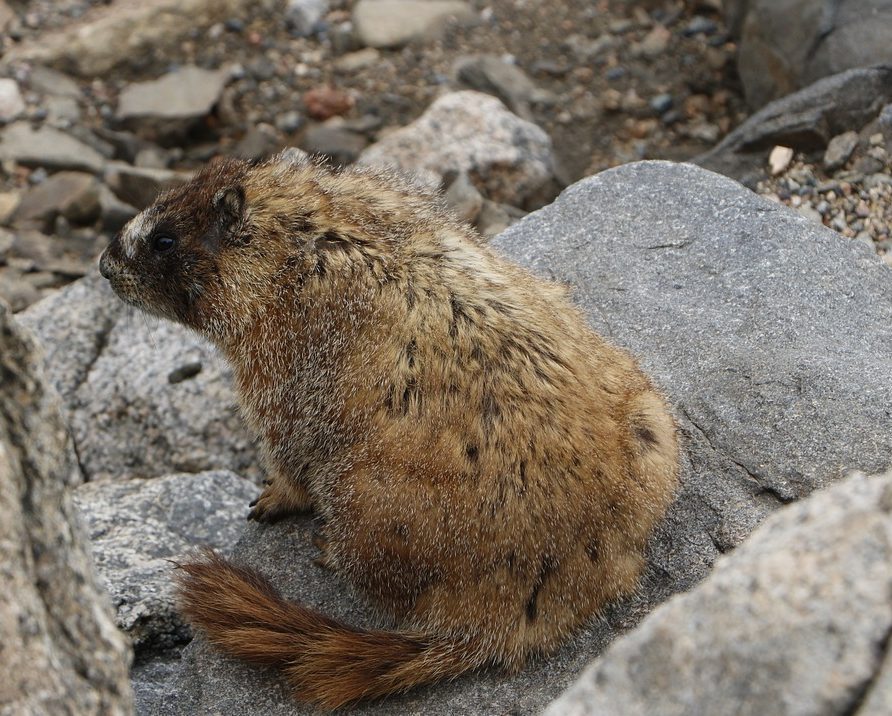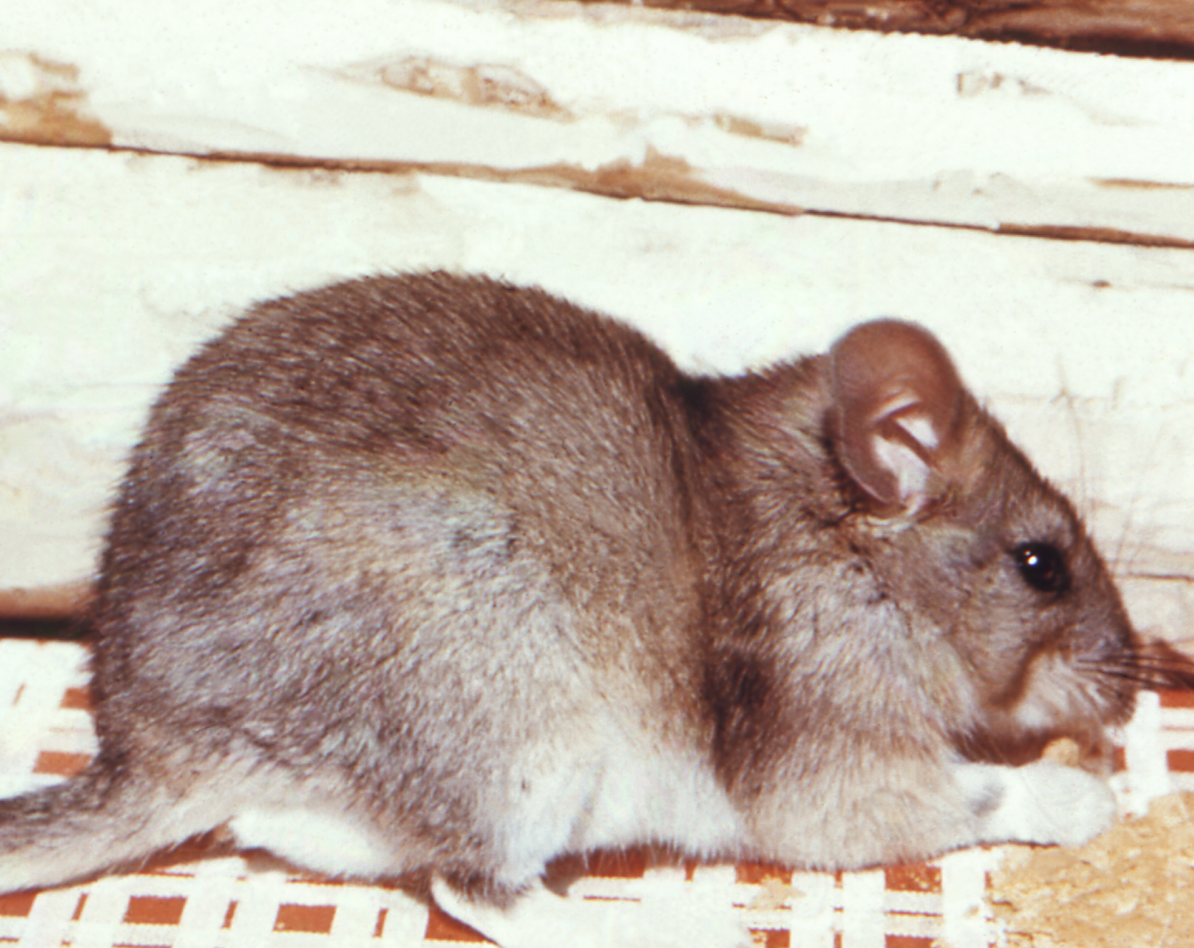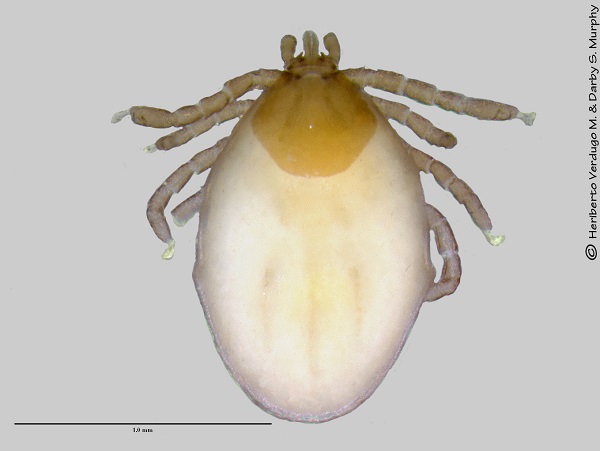
Ixodes angustus
Ixodes angustus
Distribution
This tick is widely distributed throughout North America, including Canada, the United States and northern Mexico. Distribution in the US includes Alaska, Arizona, California, Colorado, Georgia, Idaho, Indiana, Massachusetts, Maine, Michigan, Minnesota, Montana, North Carolina, North Dakota, New Hampshire, New Mexico, Nevada, New York, Oregon, Pennsylvania, Rhode Island, South Dakota, Tennessee, Utah, Virginia, Vermont, Washington, West Virginia, Wisconsin, and Wyoming. It is also found in northern Mexico, as well as all of the southern Canadian provinces, from British Columbia east to Newfoundland.
Hosts
Hosts include nearly 100 species, primarily rodents and insectivores, but also many of their predators (e.g., domestic dogs and cats), as well as birds and occasionally humans. It is considered a “nidicolous” species, meaning that it does not “quest” widely in ground vegetation, but rather in cool, moist micro-habitats in or around the nests or burrows of preferred hosts. In a recent study by Xu et al. 2018 I.angustus was identified as a human biter predominantly from submissions from Washington State.
Pathogens
This rodent-associated tick is a proven competent vector of the agent of Lyme disease, Borrelia burgdorferi s.l., in the USA and a sylvatic vector of the agent of human babesiosis, Babesia microti. This tick has suggested transmission of Lyme disease to a child in a Washington State case study. Recently, DNA of the agent of human granulocytic anaplasmosis has been detected in I. angustus ticks from California. In a recent study by Xu et al. 2018 I.angustus was identified as a human biter predominantly from submissions from Washington State.
Resources
H Joel Hutcheson, James W Mertins, Boris C Kondratieff, Monica M White, Ticks and Tick-Borne Diseases of Colorado, Including New State Records for Argas radiatus (Ixodida: Argasidae) and Ixodes brunneus (Ixodida: Ixodidae), Journal of Medical Entomology, tjaa232, https://doi.org/10.1093/jme/tjaa232



